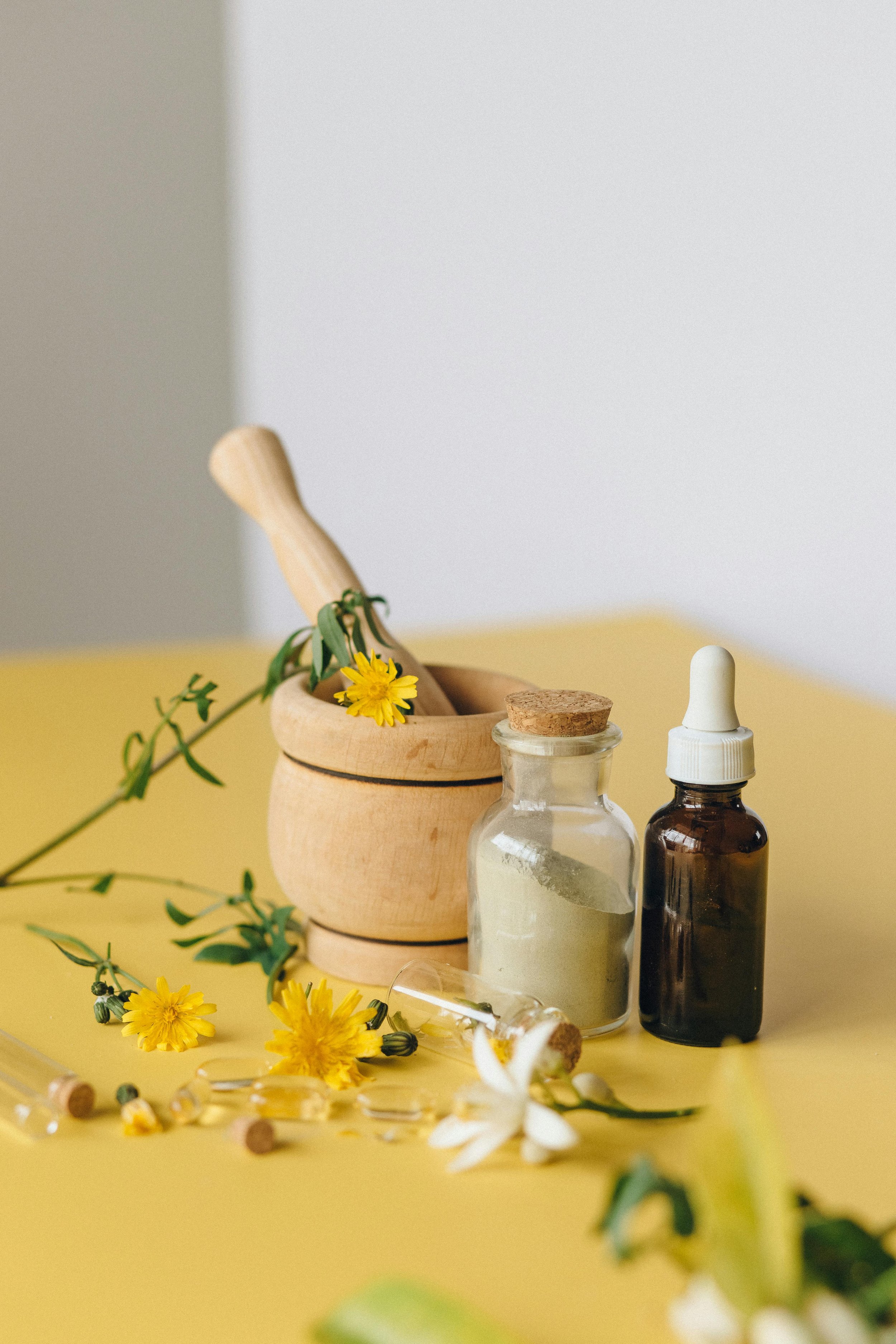Relative Roles of Native Herbs and Foreign Spices in 13th-17th Century European Medicine
by Clarice Guan

Abstract
European medicine between the thirteenth and seventeenth centuries depended largely on plant ingredients, including local species such as mandrake, wormwood, and henbane. However, the redevelopment of trade during this time period led to the increasing medical importance of foreign spices, including pepper, ginger, and cinnamon. This thesis aims to add dimension to existing knowledge of European herbal medicine, or herbalism, by discussing the relative roles of local plants and foreign spices. Doing so will help to remove bias against the efficacy of medieval and Renaissance medical practices, while highlighting the historical importance of certain species to allow the possibility for future research on their active compounds and medicinal effects. Literature review of herbal compendiums, case studies, and books has shown that, though spices and herbs were not economically comparable, they each had essential roles in European medicine, with uses ranging from anesthesia to reproductive health. In addition, they developed reputations that reflected their positions in religion, society, and literature. Thus, an expanded discussion of these contexts is provided in order to explain the influence of foreign spices and local plants on medieval and Renaissance European culture.
The entire thesis is available here!
